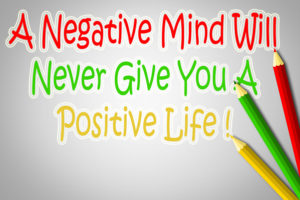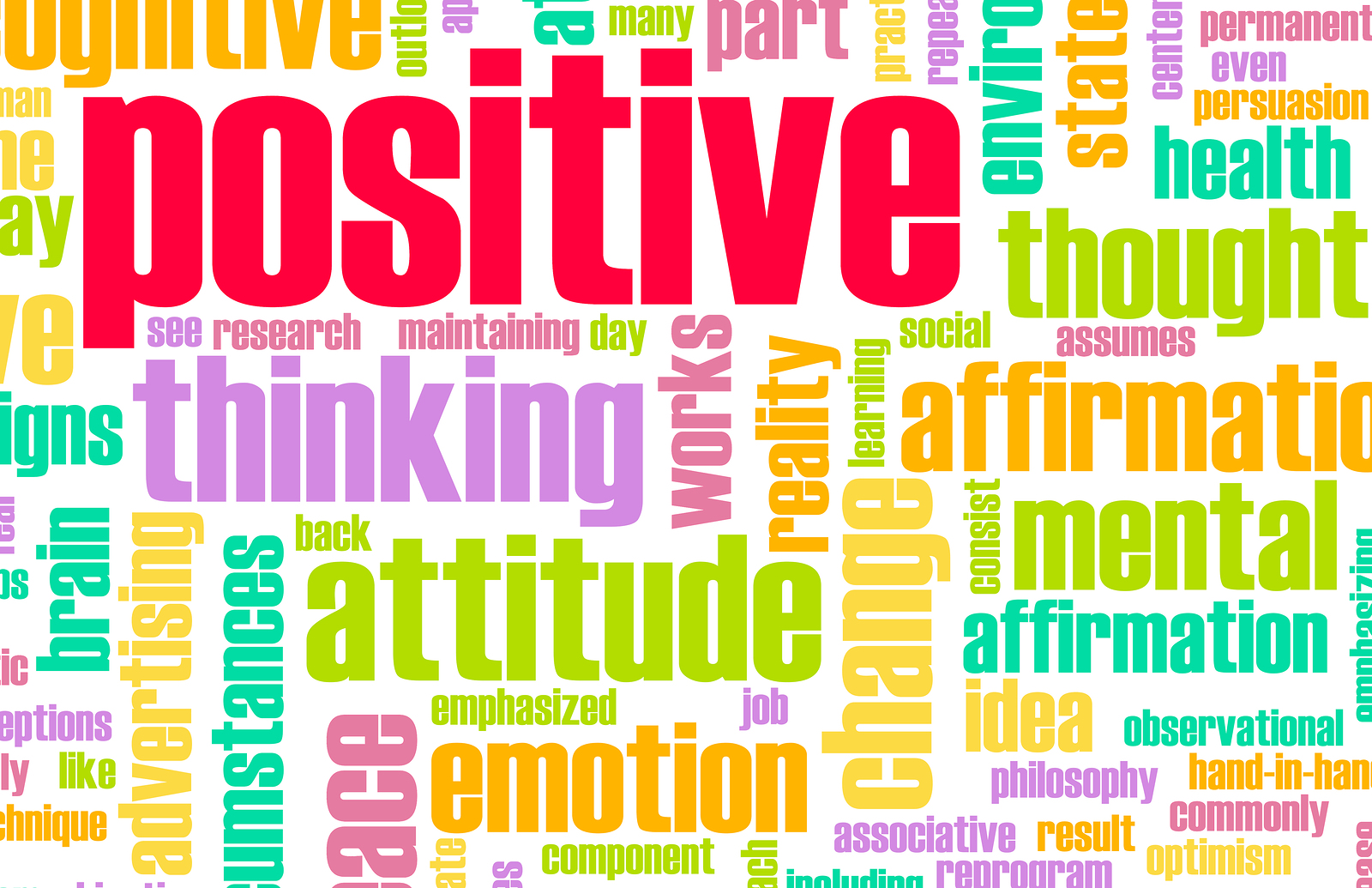I hope you enjoyed the 10 week “Rewiring Your Brain So You Can Become More Resilient” blog series.
In case you missed any of the posts or just wanted a recap on how you can become more resilient, here you go:
Week 1: Rewiring the Brain So You Can Bounce Back from Setbacks Faster and Easier

During week 1, we talked about the 4 types of conditioning that the brain goes through to maintain, change and/or create new circuitry:
- Conditioning: This is what the brain does all the time, on its own when we’re going about our day. This is the result of repeated thoughts which over time, have become unconscious beliefs. For example, have you ever noticed how you seem to respond to a particular scenario the same way time after time? That’s conditioning.
- New Conditioning: Here’s where we learn a new way to work with the brain. Maybe we begin a mindfulness practice, we start to journal, meditate or begin a gratitude practice. We’re creating new wiring which opens the door to a new perspective and new way to think, act, and react.
- Reconditioning: Here’s where we actually rewire the brain. Instead of those triggers which would normally ignite our stress response, we’re choosing to use those new practices we’ve been learning to lesson the emotional charge the stressors previously caused. The memory will still be there, but the impact and hold it has over you has lost its grip.
- Deconditioning: Here’s where we’re daydreaming, visualizing and open to new possibilities because we’re using the insights we’re receiving during these mentally relaxed times to implement change. For example, you now have insight because of the clarity you’re feeling as a result of your new meditation practice. This is a formulated and created opportunity.
You can find that post here.
 Week 2: Your Programming and Your Negativity Bias
Week 2: Your Programming and Your Negativity Bias
During week 2, we talked about your negativity bias…and why it’s not your fault.
Here’s a really simple way to see how the brain impacts how we feel.
We receive signals all the time from others and from our environment. We’re hardwired with certain things like a “negativity bias” for example. A negativity bias is the proneness to see something as negative, dangerous and harmful versus positive and helpful. It’s not to because we like to complain or find fault, it’s for our safety. This is different than being an optimist versus a pessimist or seeing the cup as half full versus half empty.
You can find that post here.
 Week 3: Your Attachment Style and How it Shows Up in Your Relationships
Week 3: Your Attachment Style and How it Shows Up in Your Relationships
During week 3, we talked about the 4 types of attachment and how knowing about them can explain why you respond and react the way you do.
Our attachment is the way we relate to others. It’s formed before we’re two years old. Once it’s set, it guides how we are in our relationships. It’s helpful to know more about so that you can understand yourself and work towards changing what no longer serves you.
- Secure Attachment: If you were raised by those who were consistently loving, sensitive and responsive to your needs, you’re likely to form a secure attachment, helping you to feel secure, calm and safe.
- Avoidant Attachment: If you were raised by those who were emotionally unavailable, you’re likely to assume comfort isn’t certain. As a result, you may shut down, withdraw and assume you need to take care of yourself because you’ve learned not to count on others.
- Ambivalent/Anxious Attachment: If you were raised with this type of attachment, the attention and responses you received were inconsistent. Attention may have wavered between nurturing and insensitive, attentive or removed. This inconsistency and unpredictability creates confusion, leaving you to feel insecure, uncertain, angry and chaotic.
- Disorganized Attachment: With this type of attachment, there may have been physical and/or emotional abuse. This creates a real dilemma because you’re dependent upon the person who’s the one causing the harm. With this type of attachment, there’s also no organized strategy to ensure that your needs were being met so there’s no sense of safety and security.
You can find that post here.
 Week 4: Emotional Intelligence: A Mental/Emotional Muscle Worth Strengthening
Week 4: Emotional Intelligence: A Mental/Emotional Muscle Worth Strengthening
Week 4 was all about emotional intelligence; what it is and how to strengthen it.
According to Daniel Goleman, Author of Emotional Intelligence and more, emotional intelligence is a trait not measured by IQ tests—it’s instead a set of skills, including control of one’s impulses, self-motivation, empathy and social competence in interpersonal relationships. He suggests that emotional intelligence is a better predictor of success in life than family, socioeconomic status and IQ.
So what does this mean and how can we use this information to help us personally and professionally?
- Without awareness, you may not notice that seeing your coworker instantly upsets you because you feel unappreciated and taken for granted.
- Without conscious awareness, you may not notice that your angry response to an event isn’t really about the current event but really has to do with something that happened years ago that was never handled appropriately.
- Without awareness, someone cutting you off in traffic ignites an old wound of not being respected
When we understand how we respond when emotions arise, and where these emotions are coming from, we can better manage and work with ourselves.
To find out how to strengthen your emotional intelligence, go here.
 Week 5: Relational Intelligence: Looking Inward, Looking Outward
Week 5: Relational Intelligence: Looking Inward, Looking Outward
A big part of becoming more resilient, bouncing back and healing from trauma involves two different types of work.
- The first type of work we need to do involves us looking inward to rewire, retrain and reevaluate ourselves so that we can think and behave differently. This often requires elements of compassion, empathy and a greater understanding of ourselves so we can begin to see things differently and heal.
- Once we’ve done the work looking inward, the second type of work we need to do involves looking outward. Here’s where we use what we’ve strengthened and learned within ourselves to cultivate healthy connections, offer support, place safe and secure boundaries in place, and enjoy relationships in healthy ways.
What are 2 of the most powerful ways to look inward and outward in order to become more resilient? Here’s the rest of that post.
 Week 6: Groundhog Day of the Mind
Week 6: Groundhog Day of the Mind
If you’ve seen the movie “Groundhog Day” Bill Murray relives the same day over and over again. At first, he’s baffled, then angry and eventually he starts having a little fun with it as he realizes he can use the day to create whatever type of experience he wants and if it doesn’t turn out well, no big deal, he can try again tomorrow.
So many of us walk around with “Groundhog Day of the Mind”. With this firmly in place, we have the same thoughts which lead to the same emotions, the same behaviors which create the same responses…day after day. I find it so interesting that we struggle to understand why things aren’t changing, why we’re still stuck with the same habits that are leading us to frustration, illness and unhappiness.
How can we change that? You can find out here.
 Week 7: The Upside of Trauma (Yes, It’s Possible)
Week 7: The Upside of Trauma (Yes, It’s Possible)
We often hear about the devastatingly negative impact of trauma in the form of post traumatic stress disorder (PTSD). With PTSD, we can experience either hyper-arousal of the sympathetic nervous system which can lead to flashbacks and nightmares for example. We can also experience hypo-arousal of the parasympathetic nervous system leading to withdrawal, isolation and depression. These feelings get lodged within our body. It is possible to heal through the right combination of acceptance of the trauma, somatic/body based tools to unlock and release the trauma, and other intelligences that can create new behavioral patterns.
Is it possible to not only change our relationship to the event, but to thrive because of it?
The good news is that what can be waiting for you on the other side of your trauma is a phenomenon called Posttraumatic Growth (PTG). With PTG you’re not only able to fully recover from your trauma, but you’re emerging with a renewed sense of meaning, purpose, fulfillment, contentment and worldview from what the trauma left in its wake.
So how can you experience post-traumatic growth? Find out here.
 Week 8: How to Create and Maintain a Fit and Healthy Brain
Week 8: How to Create and Maintain a Fit and Healthy Brain
So often we’re reminded to take care of our bodies so they look and perform the way we’d like them to. Are we as concerned about keeping our brain fit, sharp and healthy?
Here are a few ways to keep your brain as youthful as your body.

Week 9: When Crisis Hits: The Perfect Catalyst or Even…A Gift?
A crisis, tragedy, illness or trauma can blindside us. It can take the wind out of our sails, stop us in our tracks, and leave life as we know it changed forever. It can wreak havoc on us physically, mentally and emotionally as we do our best to recover from the shock from what we never saw (or weren’t willing to see) coming down the road. While these types of life-altering experiences can shake us to the core, have you ever considered the idea that they may possibly be the perfect catalyst for change or even…a gift?
How can you prevent or heal (physically, mentally and emotionally) from a life crisis? How can you become more resilient so you can create and live a life you love? Join me each week as I coach you through it.
Have you enjoyed this series? What would you like to know more about? We’d love to know, comment and share!
